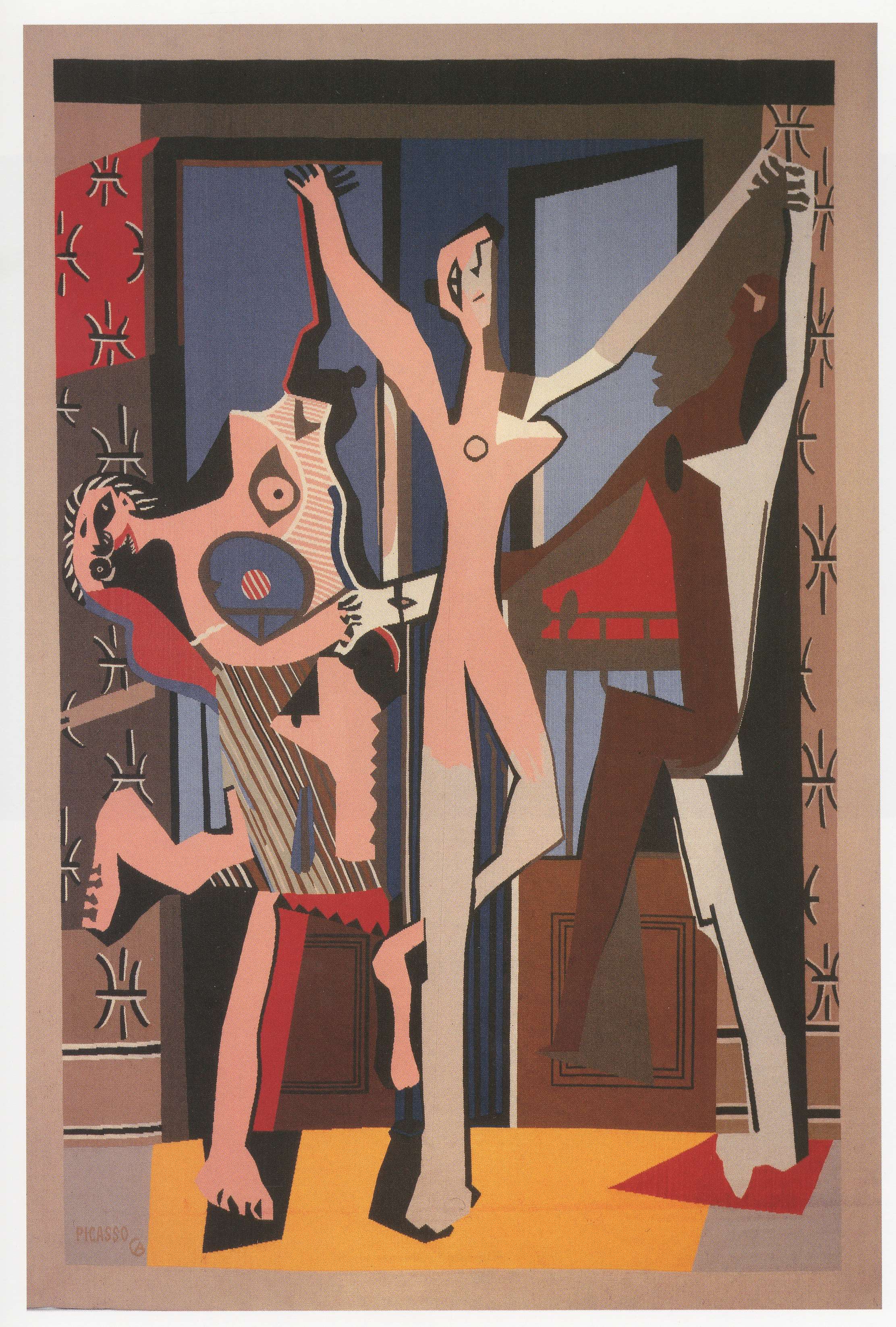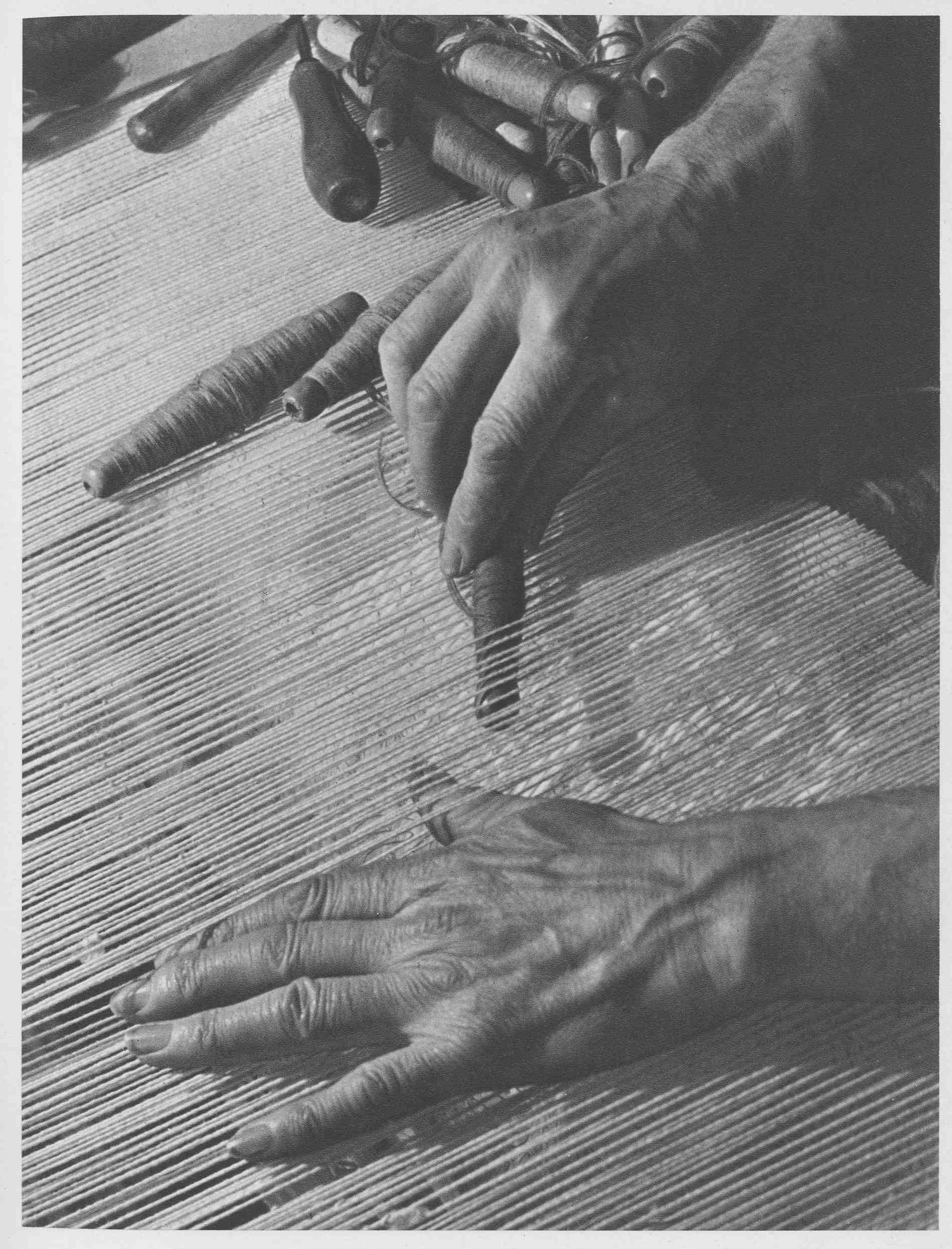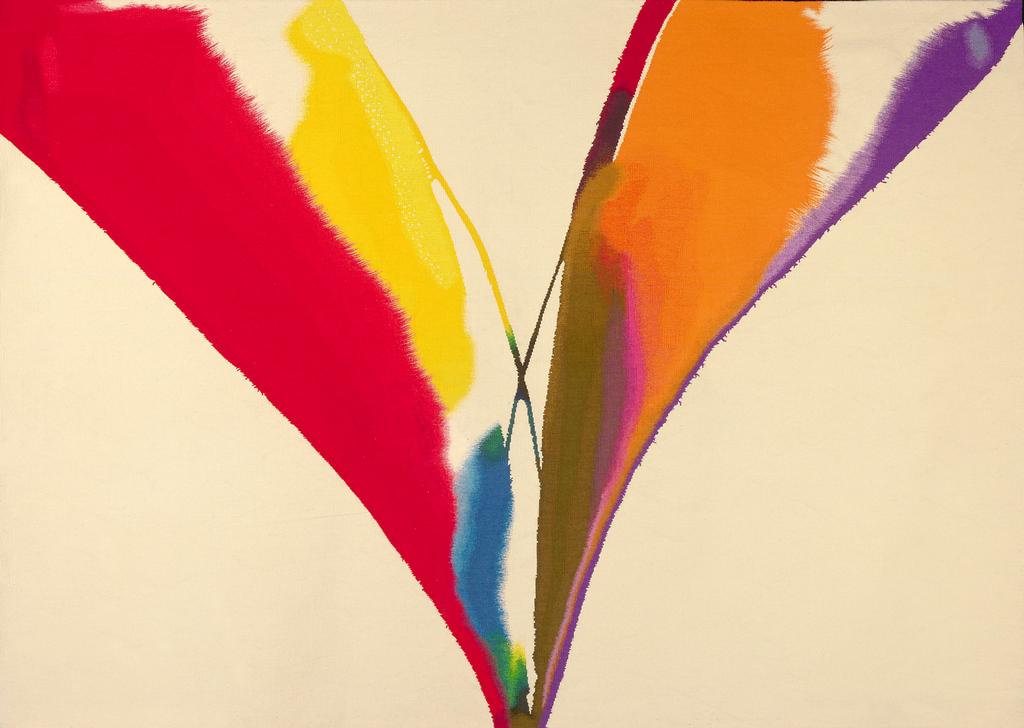M.A. Katharine Wells
Reweaving Modernism: Tapestry in the Twentieth Century
My dissertation investigates the historical and critical connections between modernism and tapestry. Although historians of modernist art and the decorative arts might all too easily place modernism and tapestry in opposition to each other, my dissertation will demonstrate their many overlaps and affinities. Presuming an opposition between modernism and tapestry obscures the close collaborations between avant-garde artists and tapestry makers throughout the long twentieth century, and particularly ignores how tapestry was revived in the middle decades of the century as a medium appropriate for modernist art. This revival was spearheaded in 1930s France, where state tapestry workshops and dealers commissioned modern artists to design cartoons for tapestries in new, more abstract styles. After World War II, prestigious artists in both France and the US participated in this “renaissance,” creating tapestries that were exhibited in important galleries and museums, such as the Musée National de l’art moderne in Paris and the Sidney Janis Gallery in New York, and bought by well-known collectors such as Nelson Rockefeller. My dissertation focuses on the mid-century tapestry revival as a transatlantic phenomenon, one that counters an established narrative of postwar art in which New York became an artistic center at the expense of Paris. If American artists, critics, and state officials championed Abstract Expressionism as a quintessentially American art, they also worked with French artists, critics, and state officials to champion the modern tapestry revival as the recovery of a specifically French artistic tradition. My dissertation examines how modern French tapestry enjoyed commercial success in the expanding postwar market for modern art and how it served to reproduce the works of established modern artists for American collectors. Yet rather than view modern tapestry as commercial or decorative art that existed outside of modernism proper, my dissertation also questions the extent to which tapestries can be understood as decorative art in opposition to the tableaux of modernist painting. It demonstrates that similar discourses, criteria, and terminology were used to describe tapestries and modernist painting in the criticism of Clement Greenberg and his contemporaries and explores how these overlaps challenge the modernist paradigm of medium specificity.


